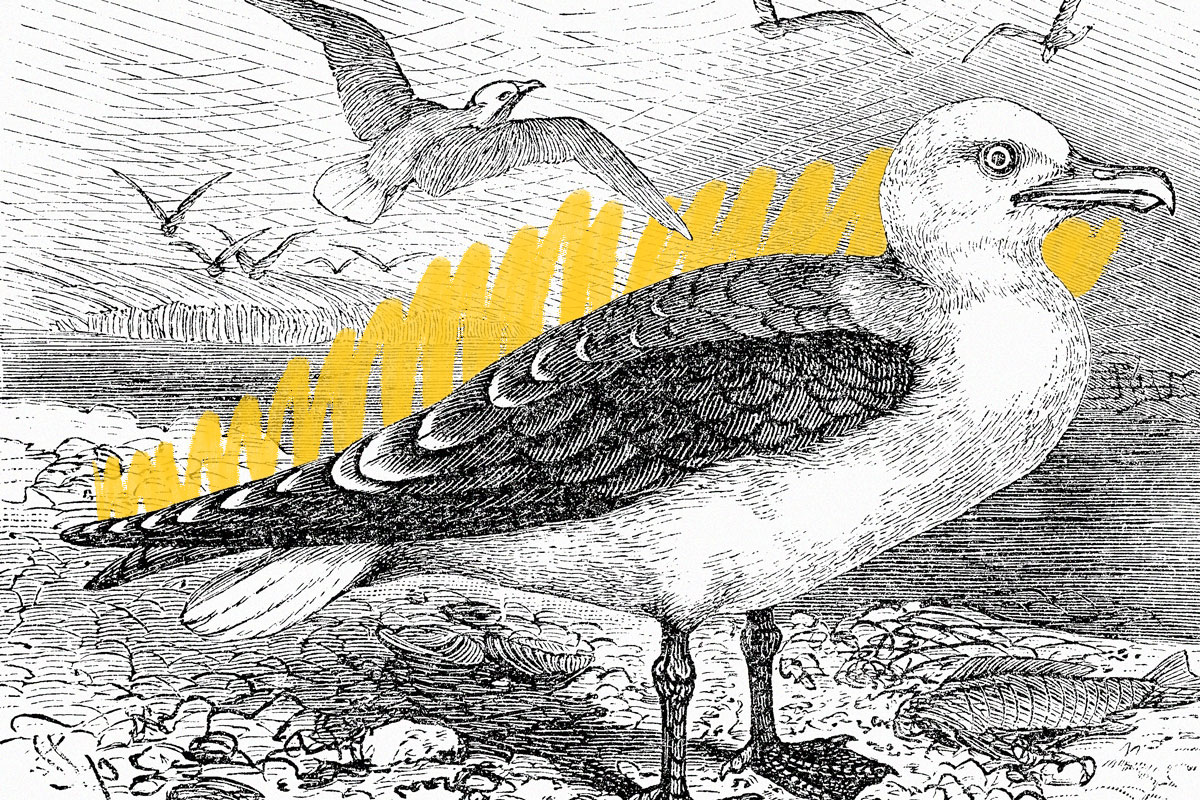The British trained seagulls to find enemy submarines in WWI.
Anyone who’s ever brought food to the beach knows that seagulls are exceptional hunters when they want to be, a skill the British put to the test when they trained the scavenging seabirds to detect German submarines during World War I. This began in 1917, with Britain’s Board of Invention and Research living up to its name by setting up a fake periscope that would feed wild gulls. If all went well, their thinking went, the birds would associate the sight of a periscope peeking above the water with a tasty meal — and any British sailors who spotted a flock of seagulls hovering above what appeared to be empty water would know there was a U-boat in their midst.
It didn’t work, alas, as the birds knew no masters but themselves. A few soldiers had trouble abandoning the plan, however. One admiral tried a different approach by teaching the seagulls to defecate on the submarine’s periscopes and blind the crew within, while the U.S. military considered its own version of the idea involving hand-raised birds from Lake Michigan, though neither effort moved forward. Seagulls are resourceful creatures, but it seems they’re more motivated to dive-bomb loose fries than enemy watercraft.















